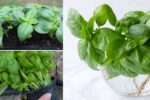Growing fresh vegetables at home in October can be both rewarding and enjoyable, even as the cooler weather starts to take over. Whether you’re a beginner or a seasoned gardener, the fall season offers plenty of opportunities to cultivate fresh, healthy food right in your backyard or even indoors. Here’s a simple guide to help you get started and make the most of your October vegetable garden.
Choose the Right Vegetables for Fall
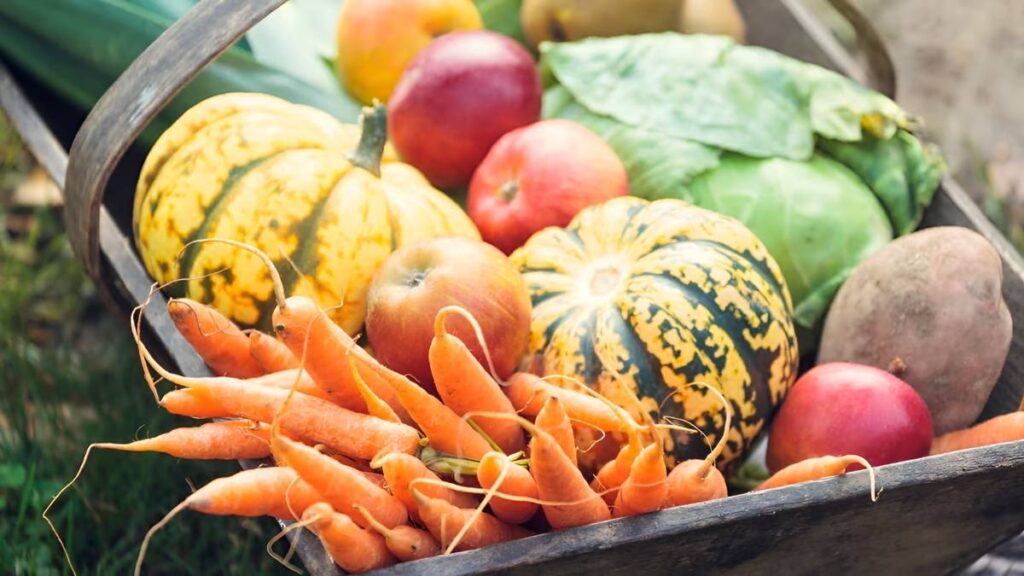
As the temperatures drop, not all vegetables will thrive outdoors. However, there are several cold-hardy vegetables that flourish in the cooler fall months. Some of the best vegetables to grow in October include:
- Leafy Greens: Spinach, lettuce, kale, and arugula are great choices for cooler weather. These vegetables grow quickly and can tolerate light frost, making them perfect for autumn gardening.
- Root Vegetables: Carrots, radishes, and beets are excellent options. They grow well in cooler soil and can even be harvested after the first frost for enhanced flavor.
- Brassicas: Broccoli, cabbage, and Brussels sprouts thrive in fall. They prefer the cool temperatures of October and can be grown for a late-season harvest.
- Garlic and Onions: Fall is the perfect time to plant garlic and onions for next year. These vegetables require a long growing season and are well-suited to being planted in the fall.
Start Indoors for a Head Start
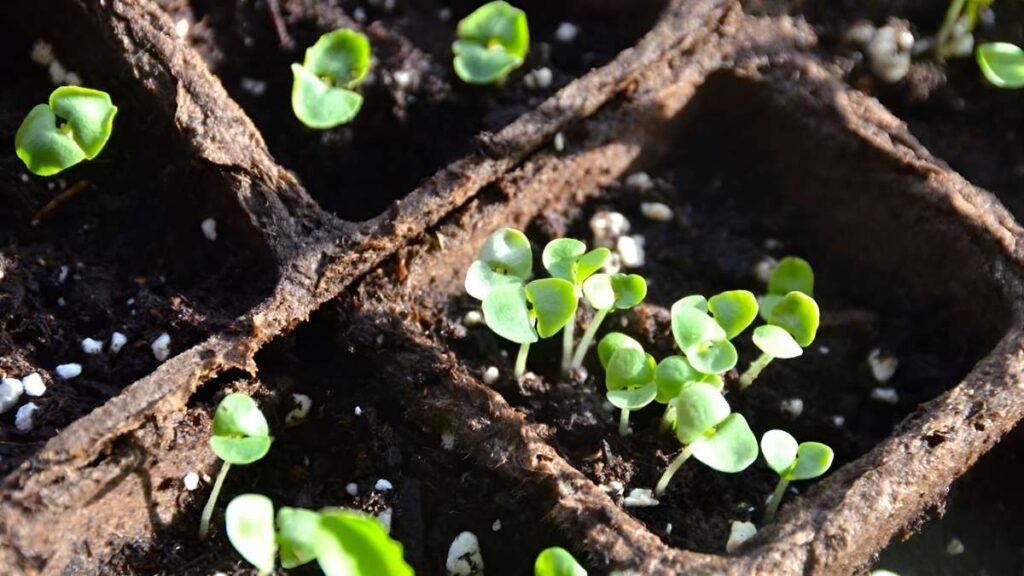
If you’re concerned about the chilly outdoor temperatures, start your vegetables indoors. By October, many of the cold-hardy plants can be germinated in pots or seed trays indoors before being transplanted outside. This gives them a head start and ensures that they’ll be ready to go as soon as the temperatures are right.
Use a sunny windowsill or a grow light to give your seedlings plenty of light. You can start your kale, lettuce, and spinach indoors, allowing them to establish a strong root system before planting them in the garden.
Prepare Your Garden Bed
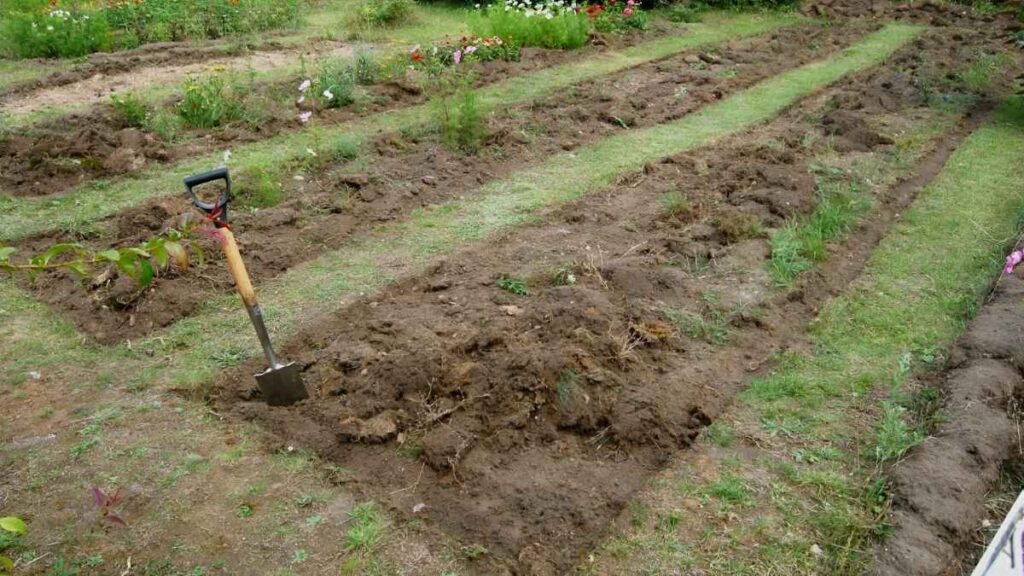
Before planting anything, it’s important to prepare your garden bed. Start by clearing any weeds or debris from the area where you plan to plant. Then, work in some compost or well-rotted manure to enrich the soil. Vegetables, especially those you’re planting in fall, will benefit from the added nutrients.
If you’re planting root vegetables like carrots or beets, consider loosening the soil to a depth of 6-8 inches. This helps the roots grow freely without obstruction.
If you don’t have a garden bed, consider growing vegetables in raised beds or containers. Raised beds can be filled with high-quality soil and compost, ensuring a good environment for growth. They also drain well, preventing waterlogging during fall rains.
Planting in October
In October, the weather can be unpredictable. It’s essential to monitor the temperature and adjust your planting times accordingly. Early in the month, you may still have time to sow seeds directly into the garden for some fast-growing crops like spinach or radishes. If you’re planting brassicas or root vegetables, it’s best to plant them early in the month for a longer growing period.
For more tender crops, like lettuce, which can be harvested quickly, make sure you plant them early enough to avoid frost damage. Use row covers or cloches to protect them from unexpected cold snaps if needed.
Watering and Care
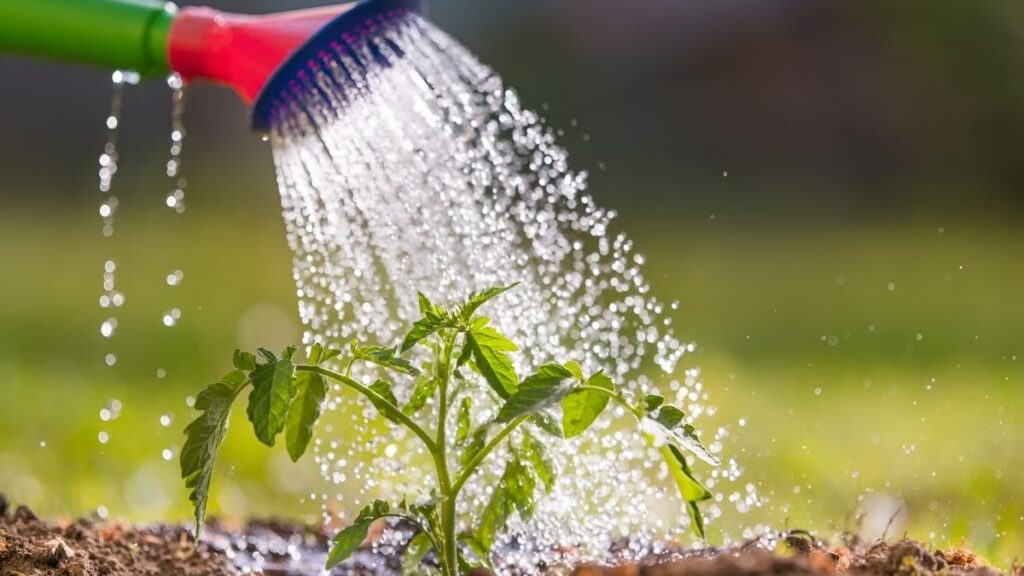
As the days grow cooler, you may need to adjust your watering schedule. While fall vegetables require moisture to grow, they don’t need as much water as they would during the hot summer months. Ensure the soil stays moist but not waterlogged. The key is to water deeply, so the roots can access the moisture without sitting in stagnant water.
Mulching your vegetable garden is another helpful step. A layer of organic mulch, such as straw or shredded leaves, can help keep the soil temperature stable and retain moisture. Mulch also reduces weed growth and keeps the soil structure healthy.
Harvesting in the Fall
One of the most rewarding aspects of growing vegetables in October is the potential for early harvesting. Many of the vegetables planted in fall can be ready in a matter of weeks. Leafy greens like spinach, kale, and lettuce can be harvested young and tender, making for delicious salads or stir-fries.
Root vegetables, such as radishes, can be pulled and eaten in about a month, while carrots and beets will take a bit longer. Keep an eye on your plants and harvest them as they mature. Harvesting at the right time ensures the best flavor and texture.
For brassicas like broccoli and Brussels sprouts, you may not get a harvest until late in the season, but they will continue to grow and improve as the temperatures drop. Don’t forget to harvest any remaining produce before the first hard frost arrives, which can damage or kill the plants.
Protecting Your Plants from Frost
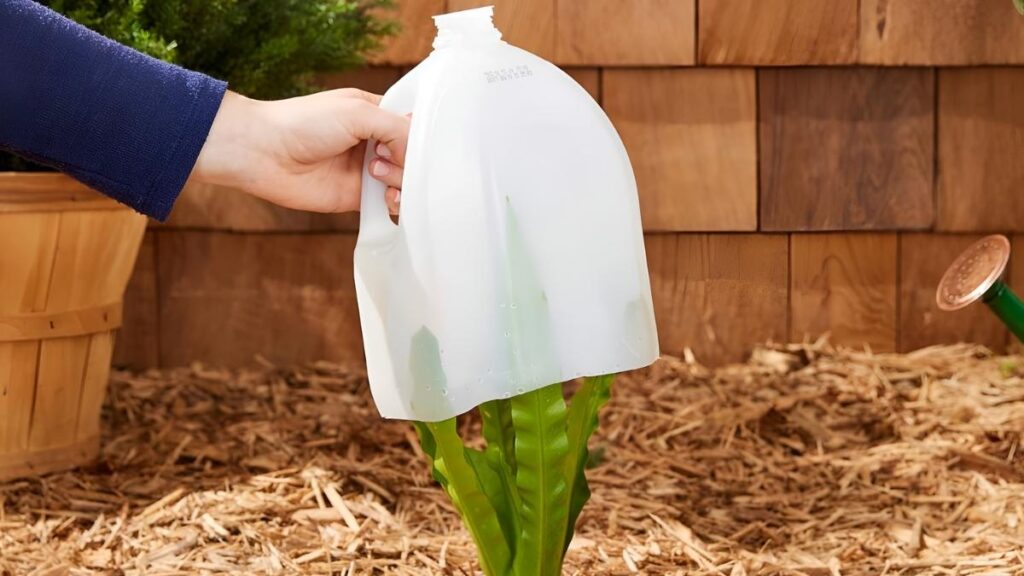
Frost is a common concern in October, especially as temperatures drop. While some cold-hardy vegetables can tolerate light frost, others may be damaged by a hard freeze. To protect your plants, you can use several methods:
- Row Covers: Lightweight fabric row covers can be draped over your vegetables to protect them from frost. These covers allow light and water to reach the plants but offer insulation against the cold.
- Cloches: These are mini-greenhouses that can be placed over individual plants. They trap heat during the day and keep plants warm overnight.
- Cold Frames: A cold frame is like a small greenhouse with a glass or clear plastic lid. It offers more protection and can be used to extend the growing season for your vegetables.
Indoor Vegetable Gardening
If you don’t have outdoor space or live in a particularly cold climate, you can still grow fresh vegetables indoors. Consider growing herbs like basil, cilantro, or parsley on a sunny windowsill. Additionally, small leafy greens and lettuce can be grown in containers or hydroponic systems inside your home.
Indoor gardening requires attention to light levels, temperature, and humidity. If natural sunlight is insufficient, consider using grow lights to give your plants the light they need to thrive. With the right conditions, you can enjoy fresh, home-grown vegetables all winter long.
Conclusion
October is an excellent time to start or continue growing fresh vegetables at home. With the right planning, careful attention to planting, and protection from the colder weather, you can enjoy a fall harvest full of nutritious vegetables. Whether you’re growing in your backyard, on a balcony, or indoors, it’s an opportunity to reconnect with nature and enjoy the satisfaction of home-grown food.
By following these simple steps, you can create your own vegetable garden that will thrive throughout the fall and into the winter months. Happy gardening!



